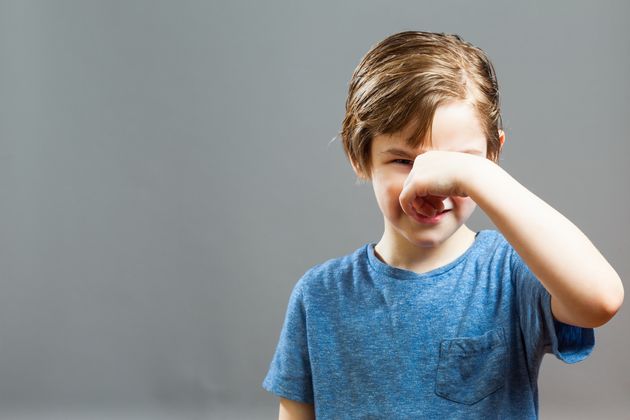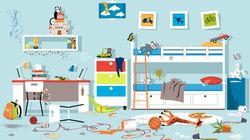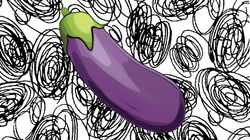
If there’s one thing children are endlessly fascinated by, it’s bums, wees and poos. Alright, that’s three things. And they’re often doubled up into wee-wee, bum-bum, poo-poo, so maybe it actually counts as six.
In any case, spend enough time around kids and you hear a lot of bum / poo / wee / willies / pants talk. Take Dr Perpetua Kirby, sociology research associate at the University of Sussex, who recently visited a primary school to observe how five and six-year-olds interacted.
When their conversation inevitably turned to poo, she started paying attention to the way they used scatological language. And while that wasn’t the main focus of her studies, it resulted in arguably the best-titled academic journal article of all time: ‘Hot bubbly poo’: navigating children’s scatological language at school.
Turns out there’s more to children’s love of poo than it just being hilarious (although that’s important too). Dr Kirby’s findings show how kids’ off-colour language can open a window into their minds.
“I was in the classroom as a researcher, not as a teacher, so they used a bit more of that language with me than with the teachers,” she says. “Not to say they didn’t use it at all with the teachers – they’d say poo and bum sometimes – but the teachers would mostly ignore them or reprimand them.”

Figuring out when things are and aren’t appropriate, picking up on cues from others and playing with relationships are all important tools in working one’s way through life. Spelling out P-O-O in a literacy class, or trying out a well-timed bum gag helps kids to work out what is OK (and when it isn’t).
“There’s this fine line between excess and constraint, and children and adults both navigate that,” says Dr Kirby. “As parents or teachers, we might allow more or less of the poo and bum stuff in some contexts, and sometimes we might shut it down for being inappropriate.
“Children will enjoy playing with the opportunities language offers them, playing with words and ideas in ways that can be really impressive, but also responding to shifts in context, reading signals about when it’s excessive and knowing when to tone it down.”
[Read More: 7 Incredibly Disgusting Things You Only Know About Vomit As A Parent]
Relationship-Building Willy Drawings
“The humour that using these words can create is incredibly pleasurable for children,” says Kirby. “Shared moments like the laughter caused by these moments are incredibly important and valuable for relationship building.”
These shared experiences are important in children developing humour, as well as communicating feelings about a relationship. One child Kirby worked with, while answering her questions, drew a picture of a person with a large penis on her notebook, something she interpreted as a statement of intent, but not in a way that was at all worrying. “I understood something about the relationship from that,” she said. “He was trying to make sure that this project was enjoyable for him.”
Creatively Expressed Wee-Wee
One child, angry at not being included as prominently in the research as others, wrote down a comment about Dr Kirby: “You stink in a hot bubbly poo bath with poo”.
“That’s incredibly vivid, evocative, amazing language to reflect the heat of her anger,” she notes. “It’s beautifully crafted as a small piece of literature. I laughed – it’s funny – but attending to that language rather than just laughing about it can tell you a lot more about how children are feeling.”
It seems the opportunities to learn from scatological humour are bottomless.


